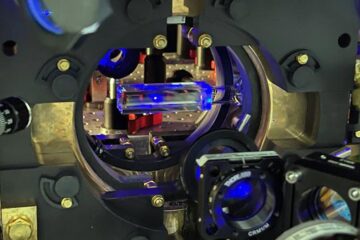Latest News

Zooming to the centre of the Milky Way — GigaGalaxy Zoom phase 2
This 34 by 20-degree wide image provides us with a view as experienced by amateur astronomers around the world. However, its incredible beauty and appeal owe…

Race Has Little Effect on People’s Ability to Spot Family Resemblances
In the study recently published in the Journal of Vision (“Cross-cultural perceptions of facial resemblance between kin”), French and Senegalese participants…

Perceptual Learning Relies on Local Motion Signals to Learn Global Motion
The brain first perceives changes in visual input (local motion) in the primary visual cortex. The local motion signals are then integrated in the later visual…

Delaware "Paying" Electric Car Owners
V2G vehicles work like an electrical sponge, capable of absorbing excess energy when demand for power is low, and returning some back to the electric grid when…

Biologists to Determine if Rare Plant Deserves Protection
Also known as Virginia sneezeweed, the plant stands about a meter tall and has attractive yellow clusters of flowers.It's been a long journey for the plant…

Innovative user interface for machine tools
Sinumerik Operate contains animated elements and allows intuitive operation and programming. New functions mean that even complex workpieces are easy to set up…











